Interesting facts about the American Bison
Since May 9th, 2016, the American Bison became the national mammal of United States, thanks to the National Bison Legacy Act signed by President Obama. With the all right in the world, the bison joined the nation’s most popular symbol, the Bald Eagle. In prehistoric times, bison were roaming all over the North American continent, but when European settlers showed up they destroyed the bison and their habitat. Many individuals helped the preservation of the bison and we should be thankful to still have this majestic animal in our country. Here are some interesting facts that will help you learn more about this giant.
Bison are the largest mammal in North America
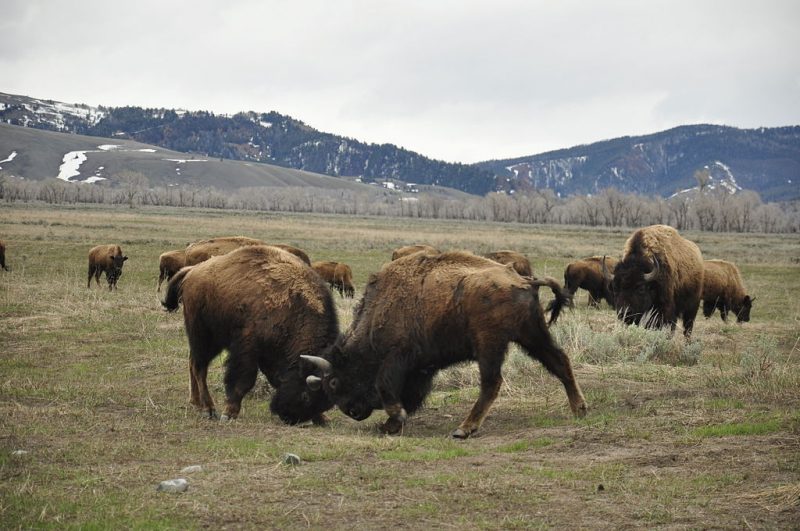
Male bison weigh about 2000 pounds and stands 6ft. tall, while the female weighs 1000 pounds and is 4-5ft. tall. The bison calves are quite impressive with their weight of 30-70 pounds at birth.
What’s the difference between bison and buffalo?
The names bison and buffalo are interchangeable, but in North America, the term bison is scientifically accepted. Actually, it’s bison bison bison, (genus: bison, species: bison, and subspecies: bison). Saying only one once is just fine. Historians believe that the word buffalo comes from the French “boeuf”.
Yellowstone National Park is the only place in the U.S. where bison have continuously lived since prehistoric times
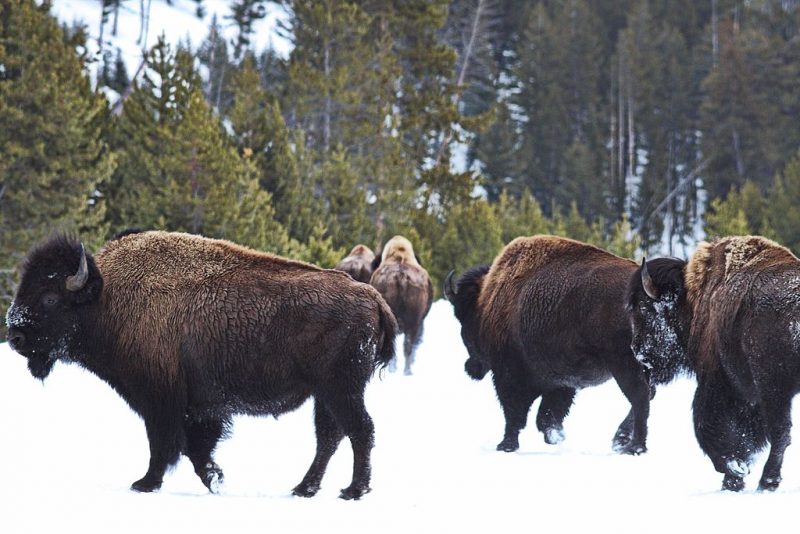
Yellowstone Bison is the purest breed of bison in the world because it’s free of cattle genes. It descends from the earl bison that roamed the grasslands of the North American continent. Yellowstone’s bison population was estimated at 4,900 — making it the largest bison population on public lands.
What’s a “red dog”?
“Red dog” is a nickname for a baby bison. The bison calves are born with an orange-red hair from late March through May. When they turn a few months old, their hair color starts changing to dark brown and their horns start to grow.
The history of bison and Native Americans are intertwined
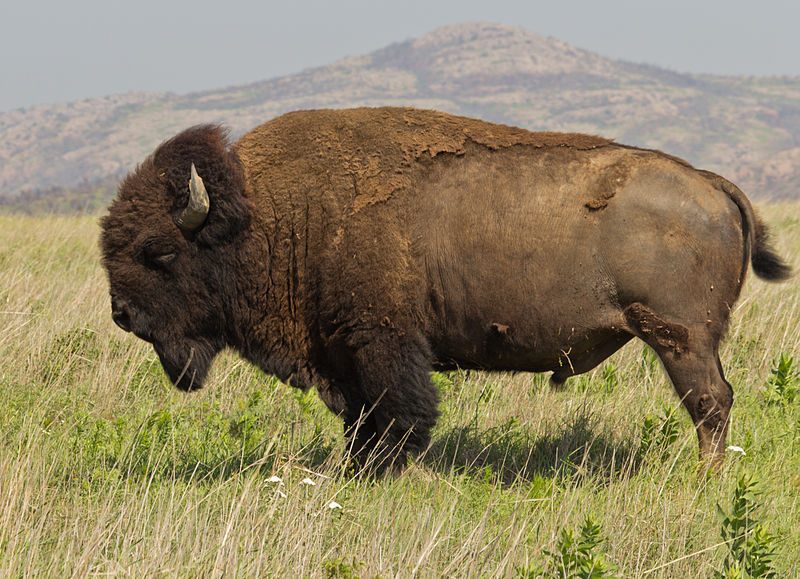
Bison have been an extremely important part of tribal culture providing the native people with food, clothing, fuel, tools, shelter and spiritual value. The Intertribal buffalo council has worked with the National Park Service since 1992 to transfer bison from national park lands to tribal lands.
You can judge a bison’s mood by its tail
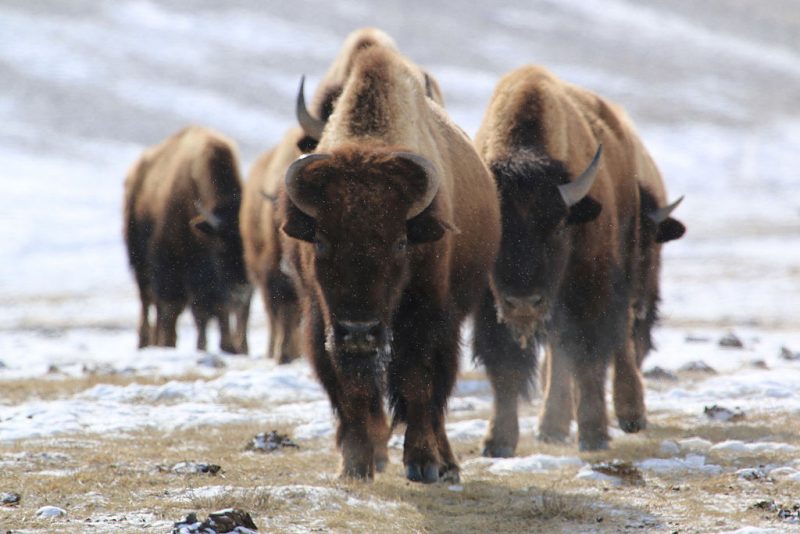
When a bison’s tail hangs down and swings naturally it means the animal is calm and there is no need to be worried. But, if you see a bison with a trail straighten up, run for your life. Bison are unpredictable animals but that doesn’t mean they’re mean, they are too big to mess around with. It’s cool to love them but love them from a safe distance and don’t jeopardize your life just for an epic photo. Your life is what matters more.
Bison may be big, but they’re also fast
Bison can run up to 35 mph, they are very agile, can jump high fences, and are good swimmers. You may not believe it, but these beasts are very fast. Some people even say a bison is faster than a horse, but this fact is absolutely false because a horse can develop a speed of 55 mph.
One more salad, please!
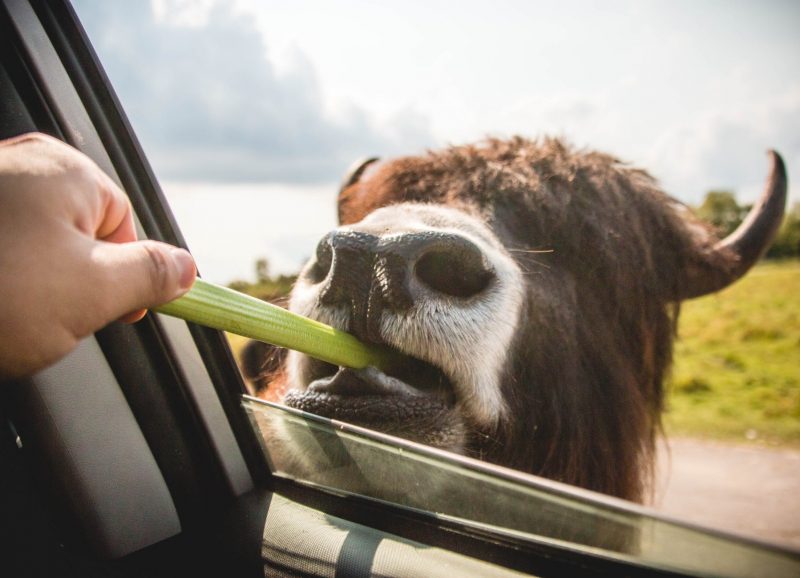
Although to some people this grand animal seems like it eats only live fish, the bison is actually a vegan. It mainly feeds on grasses, weeds, and leafy plants. Bison spend 9-11 hours daily foraging their food. The bison’s large protruding shoulder hump comes into use during the winter months when they need to remove snow in order to create foraging patches on the ground.
Bison are beautiful and strong animals that we must love, respect, and protect. Good luck with your bison encounter!





